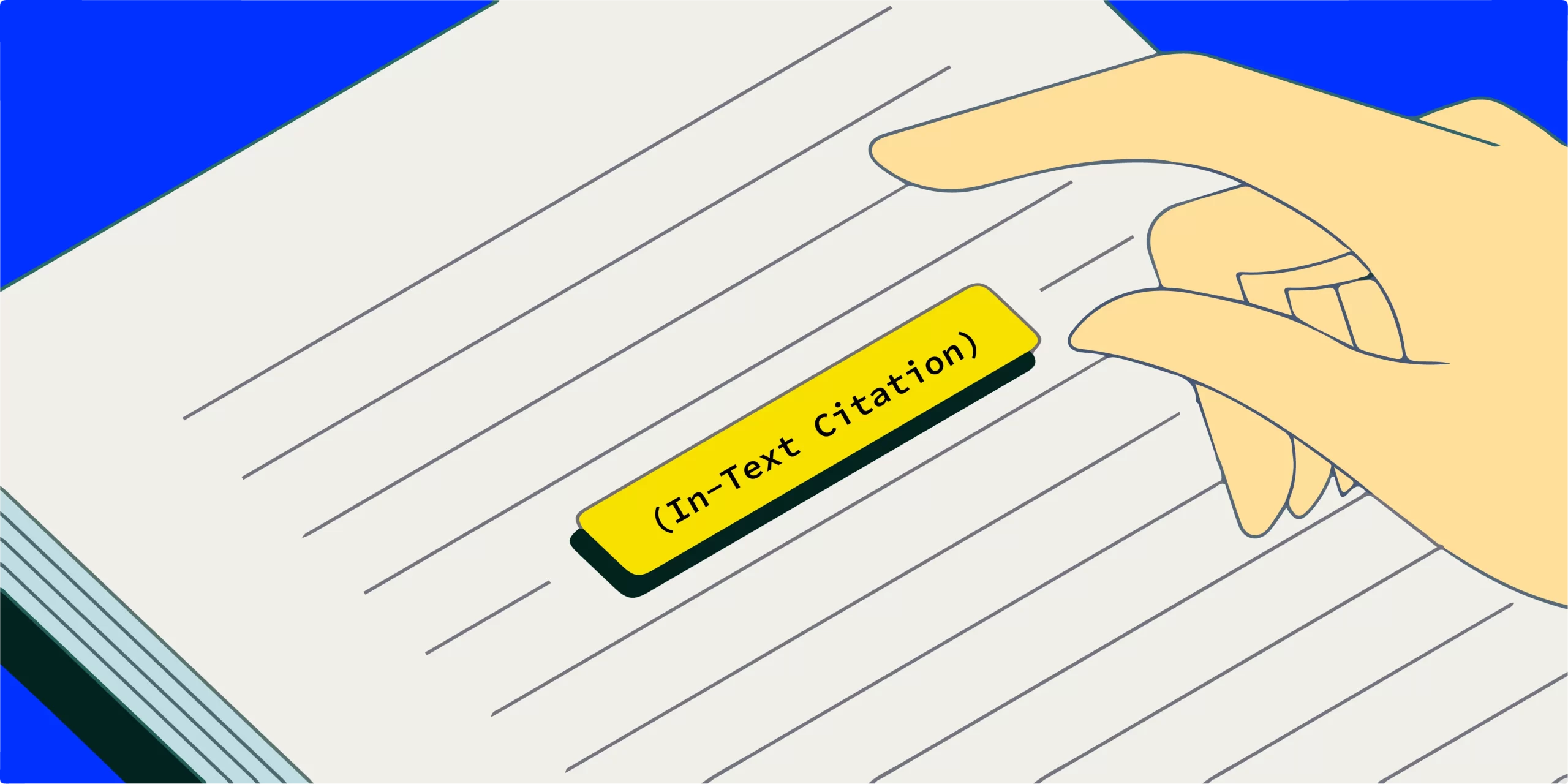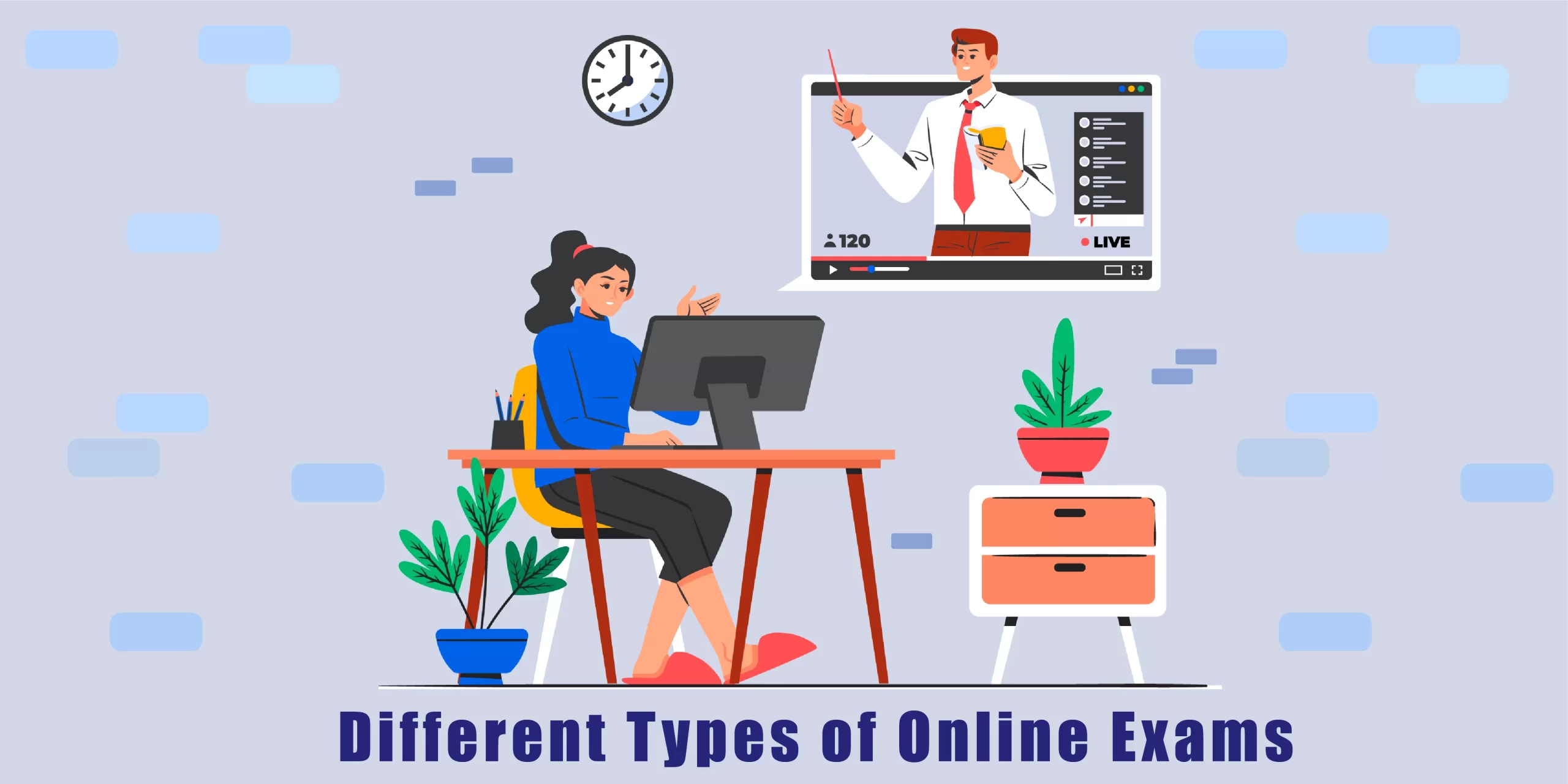In-text citations are crucial in academic and professional writing for several reasons. They give credit to the original authors of the ideas and data you use, enhance the credibility of your work by showcasing the depth of your research, and help you avoid plagiarism, which is a serious offense in any scholarly and professional setting.
This article will provide a complete and updated guide to in-text citations, covering the most widely used citation styles, detailed guidelines for citing various types of sources, and advanced tips for seamlessly integrating citations into your writing. This resource aims to be your definitive guide to mastering in-text citations for academic and professional success.
What are In-Text Citations?
In-text citations are brief references in the body of your text that direct readers to the full citation in your bibliography or reference list. They serve to:
- Acknowledge the original source: Properly attribute ideas, data, and direct quotations.
- Avoid plagiarism: Show that you are using sources responsibly and ethically.
- Guide readers: Help readers locate the original sources to verify information or explore further.
In-text citations are different from reference lists, which are detailed entries of all sources cited in your work, usually placed at the end of your document. In-text citations are required whenever you paraphrase, quote, or refer to ideas from another work.
Major Citation Styles
Several citation styles are commonly used, each with its own rules and conventions. The most widely used styles include APA, MLA, Chicago, and Harvard.
APA (American Psychological Association) Style
- Commonly used in: Social sciences, psychology, and education.
- In-text citation format: (Author’s Last Name, Year of Publication)
- Example: (Smith, 2020)
- Reference list example:
- Smith, J. (2020). Title of the Book. Publisher.
MLA (Modern Language Association) Style
- Commonly used in: Humanities, especially in literature and language studies.
- In-text citation format: (Author’s Last Name Page Number)
- Example: (Smith 45)
- Works Cited example:
- Smith, John. Title of the Book. Publisher, 2020.
Chicago/Turabian Style
- Commonly used in: History and some humanities disciplines.
- In-text citation format (Author-Date): (Author’s Last Name Year of Publication, Page Number)
- Example: (Smith 2020, 45)
- Reference list example:
- Smith, John. 2020. Title of the Book. Publisher.
Harvard Style
- Commonly used in: Various disciplines, particularly in the UK and Australia.
- In-text citation format: (Author’s Last Name, Year of Publication)
- Example: (Smith, 2020)
- Reference list example:
- Smith, J. 2020, Title of the Book, Publisher.
Detailed Guidelines for Each Citation Style
APA Style
- General Format: (Author’s Last Name, Year of Publication)
- Example: (Smith, 2020)
- Examples of In-Text Citations:
- Single author: (Johnson, 2018)
- Two authors: (Johnson & Smith, 2019)
- Three or more authors: (Johnson et al., 2020)
- Reference List Example:
- Johnson, A. B. (2018). Title of the Article. Journal Name, Volume (Issue), page numbers. https://doi.org/xx.xxx/yyyy
- Common Mistakes to Avoid:
- Incorrect punctuation
- Omitting the year of publication
- Inconsistent formatting
MLA Style
- General Format: (Author’s Last Name Page Number)
- Example: (Smith 45)
- Examples of In-Text Citations:
- Single author: (Johnson 23)
- Two authors: (Johnson and Smith 34)
- Three or more authors: (Johnson et al. 56)
- Works Cited Example:
- Johnson, Alfred B. “Title of the Article.” Journal Name, vol. XX, no. X, 2018, pp. XX-XX.
- Common Mistakes to Avoid:
- Incorrect placement of punctuation
- Omitting page numbers
- Misformatted author names
Chicago Style
- General Format (Author-Date): (Author’s Last Name Year of Publication, Page Number)
- Example: (Smith 2020, 45)
- Examples of In-Text Citations:
- Single author: (Johnson 2018, 23)
- Two authors: (Johnson and Smith 2019, 34)
- Three or more authors: (Johnson et al. 2020, 56)
- Reference List Example:
- Johnson, Alfred B. 2018. “Title of the Article.” Journal Name XX(X): XX-XX.
- Common Mistakes to Avoid:
- Incorrect placement of commas and periods
- Misformatted dates
- Inconsistent citation style
Harvard Style
- General Format: (Author’s Last Name, Year of Publication)
- Example: (Smith, 2020)
- Examples of In-Text Citations:
- Single author: (Johnson, 2018)
- Two authors: (Johnson & Smith, 2019)
- Three or more authors: (Johnson et al., 2020)
- Reference List Example:
- Johnson, A. B., 2018. “Title of the Article.” Journal Name, vol. XX, no. X, pp. XX-XX.
- Common Mistakes to Avoid:
- Incorrect punctuation
- Omitting the year of publication
- Inconsistent formatting
Handling Different Source Types
Different sources require different citation approaches. Here’s how to handle various types of sources:
Books
- Format: (Author’s Last Name, Year of Publication, Page Number)
- In-Text Example: (Smith, 2020, p. 45)
- Reference Example:
- Smith, J. (2020). Title of the Book. Publisher.
Journal Articles
- Format: (Author’s Last Name, Year of Publication, Page Number)
- In-Text Example: (Johnson, 2018, p. 23)
- Reference Example:
- Johnson, A. B. (2018). “Title of the Article.” Journal Name, Volume(Issue), page numbers. https://doi.org/xx.xxx/yyyy
Websites
- Format: (Author’s Last Name, Year of Publication)
- In-Text Example: (Smith, 2020)
- Reference Example:
- Smith, J. (2020). “Title of the Webpage.” Website Name. Retrieved from URL
Online Articles
- Format: (Author’s Last Name, Year of Publication)
- In-Text Example: (Johnson, 2018)
- Reference Example:
- Johnson, A. B. (2018). “Title of the Online Article.” Website Name. Retrieved from URL
Multimedia Sources (Videos, Podcasts)
- Format: (Author’s Last Name or Username, Year of Publication)
- In-Text Example: (Smith, 2020)
- Reference Example:
- Smith, J. (2020). Title of the Video/Podcast. Platform. URL
Social Media
- Format: (Username, Year of Post)
- In-Text Example: (JohnDoe, 2020)
- Reference Example:
- JohnDoe. (2020). “Text of the Social Media Post.” Platform, Month Day. Retrieved from URL
Advanced Tips and Tricks
Integrating Citations Smoothly into Your Writing
- Signal Phrases: Use phrases like “According to Smith (2020)…” to introduce citations smoothly.
- Flow and Readability: Ensure that citations do not disrupt the flow of your writing. They should complement your text rather than interrupt it.
Handling Multiple Authors
- Two Authors: Use “and” or “&” based on the citation style (e.g., Johnson and Smith, 2019).
- Three or More Authors: Use “et al.” after the first author’s last name (e.g., Johnson et al., 2020).
Citing Indirect Sources
- Format: Mention the original source followed by “as cited in” and the secondary source.
- Example: (Smith, 2020, as cited in Johnson, 2021)
Using Citation Management Tools
- Tools: Zotero, EndNote, and Mendeley can automate and organize citations.
- Best Practices: Set the tool to the required citation style and double-check for accuracy.
Common Challenges and How to Overcome Them
Plagiarism and How to Avoid It
Proper Attribution
- Understanding Attribution: Proper attribution involves more than just adding a citation at the end of a sentence. It requires accurately representing the original author’s ideas and giving clear credit. Whenever you paraphrase, summarize, or directly quote someone else’s work, you must include an in-text citation that corresponds to a full citation in your reference list.
- Paraphrasing and Summarizing: When paraphrasing or summarizing, it’s important to rewrite the information in your own words and sentence structure, not just change a few words here and there. Even when you paraphrase, you must cite the source because the idea is not originally yours.
- Direct Quotations: Use quotation marks around the text and include the page number (if available) in the in-text citation. Ensure the quote is exactly as it appears in the source material.
Plagiarism Detection Tools
- Turnitin: This widely-used tool helps identify potential plagiarism by comparing your text against an extensive database of academic work and web content. Turnitin provides a similarity report that highlights matched text and offers feedback for corrections.
- Grammarly Premium: Beyond grammar checking, Grammarly Premium includes a plagiarism detection feature that scans your document for unoriginal content and provides suggestions for proper citation.
- Copyscape: Primarily used for web content, Copyscape checks your text against billions of web pages to find duplicate content. This is particularly useful for bloggers and online writers to ensure their work is original.
Ensuring Accuracy and Consistency
Double-Check Details
- Author Names: Verify the correct spelling of authors’ names and ensure you include all authors in the citation. For sources with multiple authors, follow the specific citation style guidelines on how to format their names.
- Publication Years: Ensure the publication year is accurate as this can change the context of the citation and affect the credibility of your work. Cross-check with the original source if in doubt.
- Page Numbers: When citing direct quotes, include the exact page number where the quote can be found. For electronic sources without page numbers, use paragraph numbers or other location indicators if specified by the citation style.
Consistency
- Formatting Styles: Stick to one citation style throughout your document. Academic writing requires strict formatting; mixing styles (e.g., APA and MLA) can confuse readers and undermine the professional appearance of your work.
- Citation Formats: Ensure consistency in formatting citations, such as punctuation, italics, and capitalization. Refer to the specific style guide (e.g., APA, MLA) for detailed rules and examples.
- Document Formatting: Beyond citations, maintain consistency in other aspects of your document, such as headings, font type and size, and spacing. This enhances readability and presents a polished piece of work.
Managing Large Numbers of Citations
Grouping Sources
- Thematic Grouping: Organize your sources by themes or topics. This helps in managing citations and structuring your writing logically. For example, group all sources related to a specific theory or concept together.
- Chronological Grouping: Arrange sources by publication date to show the development of research over time. This is particularly useful in literature reviews where you want to highlight the evolution of thought on a topic.
- Alphabetical Grouping: In your reference list, arrange sources alphabetically by the author’s last name. This is a standard requirement in most citation styles and helps readers easily locate references.
Citation Management Tools
- Zotero: This free tool allows you to collect, organize, cite, and share research. Zotero integrates with your web browser to save references directly from websites and databases, and it can generate citations and bibliographies in various styles.
- EndNote: A comprehensive reference management software that offers advanced features like collaboration tools, a wide range of citation styles, and integration with word processing software. EndNote is particularly useful for managing large projects and extensive bibliographies.
- Mendeley: This tool combines reference management with a social network for researchers. Mendeley allows you to organize your research, collaborate with others online, and discover the latest research trends. It also offers PDF annotation tools and citation generation.
The Future of In-Text Citations
Digital and Multimedia Sources
- Increased Use of Digital Content: As more information becomes available online, citation practices are evolving to include digital sources such as blogs, online articles, videos, and social media posts. Understanding how to correctly cite these sources is becoming increasingly important.
- Multimedia Citations: With the rise of multimedia content, there is a growing need for guidelines on citing videos, podcasts, infographics, and other non-textual sources. This includes providing timestamps for specific segments and detailing the platform where the content is hosted.
Open Access Journals
- Growth of Open Access: The increasing popularity of open access journals, which are freely available online, is changing citation practices. These journals often have specific citation requirements that may differ from traditional journals.
- Accessibility and Transparency: Open access journals improve the accessibility of research, which in turn can lead to higher citation rates. Citing open access articles can enhance the visibility and impact of your work.
Impact of Digital Media on Citation Norms
New Guidelines
- Social Media: Citing social media posts requires new approaches due to the dynamic and ephemeral nature of this content. Guidelines are emerging on how to cite tweets, Facebook posts, Instagram content, and other social media formats, often including the username, date, and direct link.
- Online Forums and Communities: Citing information from online forums (e.g., Reddit, Quora) and communities requires detailed guidance on attributing the original posters and providing context for the cited content.
Digital Object Identifiers (DOIs)
- Greater Use of DOIs: DOIs provide a permanent and stable link to digital content, making them a valuable tool for ensuring reliable citations. The use of DOIs is becoming more widespread across various types of digital content, from journal articles to datasets.
- Increased Accuracy: Including DOIs in citations enhances the accuracy and traceability of sources, making it easier for readers to locate the original material.
Predictions for Changes in Major Citation Styles
Adapting to New Sources
- Incorporating Digital Content: Major citation styles will continue to evolve to include detailed guidelines for citing a wider range of digital and multimedia sources. This includes specifying how to cite interactive and dynamic content, such as online simulations and virtual reality experiences.
- Flexibility and Updates: Citation styles may become more flexible and regularly updated to keep pace with the rapid changes in digital media and information dissemination.
Integration with Writing Platforms
- Seamless Citation Tools: Citation tools are likely to become more integrated into writing platforms, making it easier for authors to insert and format citations as they write. This integration can streamline the writing process and reduce errors.
- Real-Time Collaboration: As collaborative writing becomes more common, citation tools will support real-time collaboration, allowing multiple authors to add and edit citations simultaneously.
By understanding and anticipating these emerging trends and challenges, you can stay ahead in mastering the art of in-text citations and ensure that your professional and academic writing remains accurate, credible, and up-to-date.
Conclusion
In-text citations are a vital component of academic and professional writing. They ensure proper attribution, enhance your work’s credibility, and help you avoid plagiarism. By understanding and mastering the various citation styles, handling different types of sources, and using advanced tips for seamless integration, you can create well-researched and credible work. Stay updated with emerging trends and utilize citation management tools to streamline the citation process. Mastery of in-text citations is an invaluable skill that will benefit you throughout your academic and professional career.










